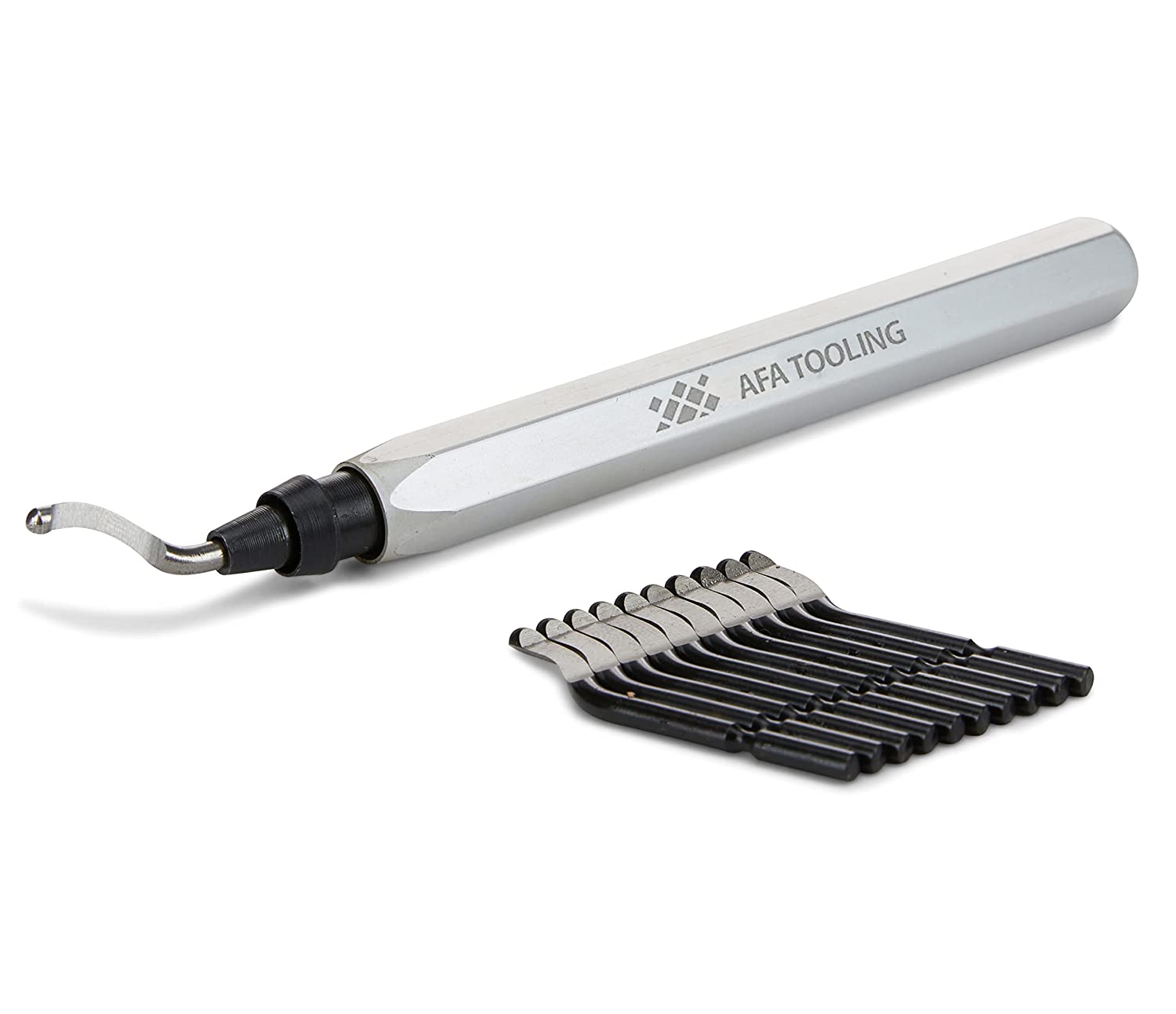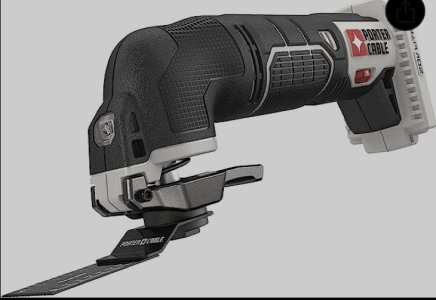Just from my head after seeing the one Dan Gelbart made and considering what materials I had on hand. I could send you pics if you are interested.Did you use a set of plans or just from your head?
-
Scam Alert. Members are reminded to NOT send money to buy anything. Don't buy things remote and have it shipped - go get it yourself, pay in person, and take your equipment with you. Scammers have burned people on this forum. Urgency, secrecy, excuses, selling for friend, newish members, FUD, are RED FLAGS. A video conference call is not adequate assurance. Face to face interactions are required. Please report suspicions to the forum admins. Stay Safe - anyone can get scammed.
-
Several Regions have held meetups already, but others are being planned or are evaluating the interest. The Calgary Area Meetup is set for Saturday July 12th at 10am. The signup thread is here! Arbutus has also explored interest in a Fraser Valley meetup but it seems members either missed his thread or had other plans. Let him know if you are interested in a meetup later in the year by posting here! Slowpoke is trying to pull together an Ottawa area meetup later this summer. No date has been selected yet, so let him know if you are interested here! We are not aware of any other meetups being planned this year. If you are interested in doing something in your area, let everyone know and make it happen! Meetups are a great way to make new machining friends and get hands on help in your area. Don’t be shy, sign up and come, or plan your own meetup!
You are using an out of date browser. It may not display this or other websites correctly.
You should upgrade or use an alternative browser.
You should upgrade or use an alternative browser.
Tools you waited too long to acquire
- Thread starter slow-poke
- Start date
I've always thought these things were mandatory for machining. Like everyone has one?One of these de-bur tools what a nice thing to have for making things less cutty. If you don't own one you should look into one.

I've always thought these things were mandatory for machining. Like everyone has one?
I was a new comer to a deburring tool about 5 years ago. I knew about them before that but used a file or a chamfer all my life. KBC had a skid of them beside the door when I was in there at a really good price so I bought a set just for poops N giggles.
It worked well enough, but I still use a file most of the time for steel.
In wondering why that is, I realize that I hardly ever had access to aluminium in the first 50 years of my home machining life and I always seemed to have lots of files and an old knife usually did a good job on aluminium too.
I've also been blessed with hands that are sensitive and tough. My pads don't cut easily yet feel the slightest curl.
I am no knife maker, but I used to enjoy sharpening my knives and cutting tools. Getting a good edge often meant polishing away a tip curl with a stropp and a rouge block until it fell off and then a bit more. I know that was a bad practice even way back then, but I didn't know any better and it worked. Old habits don't die easily.
So yes, a deburring tool is nice to have, but personally I wouldn't call them a tool I wish I bought earlier.
I'm a welder by trade lol so it was new to me few years ago, I just used larger drill bit or I used a chipper blade with a handle welded mostly just a flapper wheel for de-burring stuff as I didn't do the finishing on machined things just the install.I've always thought these things were mandatory for machining. Like everyone has one?
Fair I just buy stuff as I can afford so hasn't been much that I have waited for in a sense, just stuff I can't afford yet. So the little things that make my work go faster and make it look less DIY make me happy.So yes, a deburring tool is nice to have, but personally I wouldn't call them a tool I wish I bought earlier.
There is still a laundry list of stuff I wish to acquire but have to wait for either space or money to get my hands on.
Me too!!!! Except mine is BXA. Perhaps I’ll be able to find someone that’s just starting out who really needs BXA and then I can join the Multifix crowd. (I’ll probably join the power drawbar crowd first though…)I looked hard at a Multifix system before I went w/ my AXA.
I use mine on trimming the glass plate edges of 3D prints too. I find a file is too rough and PLA heats up too easily when filing.
DPittman
Ultra Member
Ha ha that's often the impetus behind some of my upgrades too. It's also the sorce of some of my crappy tools😛I waited too long to find someone that is just starting out to give my crappy tools to, so I can get good quality tools…
Alawishes
Active Member
Deep down I knew a 4x6 horizontal saw wasn’t going to be adequate but I bought one anyway. Fast forward 2 years and I found someone to buy it and bought a 7x12. MUCH better!So my metal 7x12 band saw also is one item that I wish I could have had earlier in life and although I don't use it all the time, I sure am glad to have it.
Mine is also the 7x12. Love it.
Honestly I've had my multi-cutter oscillating whatever tool they want to call it, the nice cordless Dewalt one, for a while now and I don't find it that useful.
I have one too. @slow-poke is right. I don't use it often but when I do, I'm glad to have it. Mine is the small M12 Milwaukee. It is most useful in really tight quarters where nothing else will fit. It's sorta like a 2" long hacksaw with no need for saw clearance. Hard to describe. But when you need it, the solution is obvious.
BTW, it is $2 cheaper than BB at Amazon. See https://www.amazon.ca/Wixey-Model-WL133-Drill-Press/dp/B01NAT54TX/Thanks Degen. I could see getting value out of that if it works well. I think I'll order one and report back. If it works, maybe I'll get two more for the mill and drill/mill. Most things I do are just hand aimed. With the loss of my left eye, I am having trouble lining things up easily.
Dan Dubeau
Ultra Member
I have a cheap mastercraft, and it's been handy in a few situations where no other tools would have done the job. But it collects a lot of dust in between uses.
SomeGuy
Hobbyist
I have one too. @slow-poke is right. I don't use it often but when I do, I'm glad to have it. Mine is the small M12 Milwaukee. It is most useful in really tight quarters where nothing else will fit. It's sorta like a 2" long hacksaw with no need for saw clearance. Hard to describe. But when you need it, the solution is obvious.
It's not to say I haven't used it, but more so I could live without one. So many people say they're the most amazing tool (not just here, on other places too) but I'd rather get a jigsaw, sawzall, circular saw, hand power planer, and sander(s) first...which is actually what I did and only added the multi-tool when it was a "free" add on buying something else.
I bought a Milwaukee M18 oscillating tool for one use, cleaning out grout lines in the last bathroom Reno....100% worth the money for that use, does a pretty nice job of cutting out boxes in drywall as well
But really aside from that I haven't found much use for it, some guys do love them though
But really aside from that I haven't found much use for it, some guys do love them though
SomeGuy
Hobbyist
I even have a drywall cutout tool, so it really isn't super useful for me.I bought a Milwaukee M18 oscillating tool for one use, cleaning out grout lines in the last bathroom Reno....100% worth the money for that use, does a pretty nice job of cutting out boxes in drywall as well
But really aside from that I haven't found much use for it, some guys do love them though
I even have a drywall cutout tool, so it really isn't super useful for me.
I don't use it for that either.
Perhaps listing some uses would help:
1. I used it to cut through existing plumbing ABS drain pipes that were behind furnace ducts. (very poor access)
2. I installed thicker counter tops and had to open up the moulding recesses. A flat hand saw worked too but took forever and wouldn't work in corners.
3. Cutting through nails between boards. The thin metal cutting blade doesn't ruin the fit. Just do plunge cuts where the nails are.
4. Removing grout lines. I even removed a few brick mortar lines once. Yes, a rotary tool works too, but makes way more mess.
5. Sanding between boards before adding glue.
6. Cutting off the bottom of rotten door and window jambs.
7. Scraping and separating layered adhesives along edges and indents.
If you think about using it like a saw, you will wonder why you need it. But if you think about using it like a side grinder with zero clearance that doesn't rotate but still plunges, it becomes WAAAY more useful.
It isn't a tool I use as often as a jig saw or circular saw or sander. But it is a tool you will wonder how you lived without.

